After the Omega driver from 2014, which was mostly a performance update, and Crimson from 2015, which was more of an optical improvement, AMD still packs a decent and into the new Radeon software pretty much everything that is in innovations and innovations this year and could please the user.
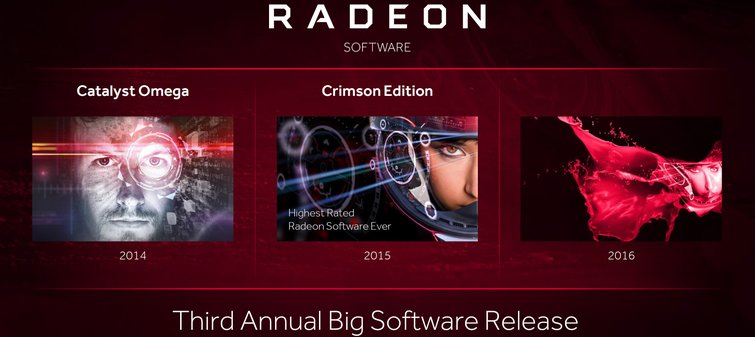
However, this is not only the view of AMD's marketing department, but also our first impression after we dealt with the new drivers in a first hands-on test.
The whole topic is even so extensive that we have uncoupled two topics and publish them as our own test, because the use is definitely worthwhile. In addition, AMD has also upgraded the professional driver side and put everything on a common basis. But more on that later.
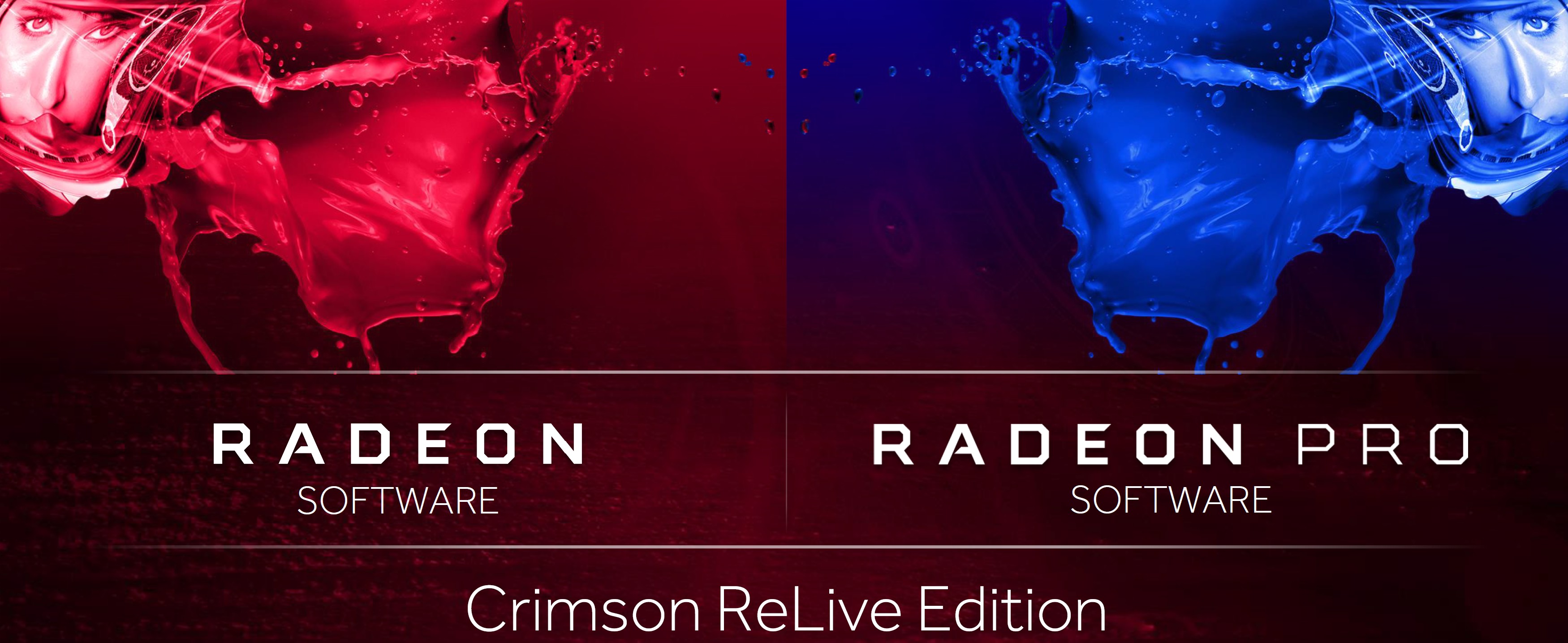
But before drivers come onto the system, they must first be installed. AMD still uses self-extracting archives for the actual driver package, but the rest is new. The native installer comes in the look & feel of the Crimson software and can quite please.
However, the offered real new installation based on a complete driver removal including restart still has something to do with it. Apart from the remaining driver residues in the system, it was not possible to install the consumer version cleanly via an older Radeon Pro software. But remedial action is already underway.
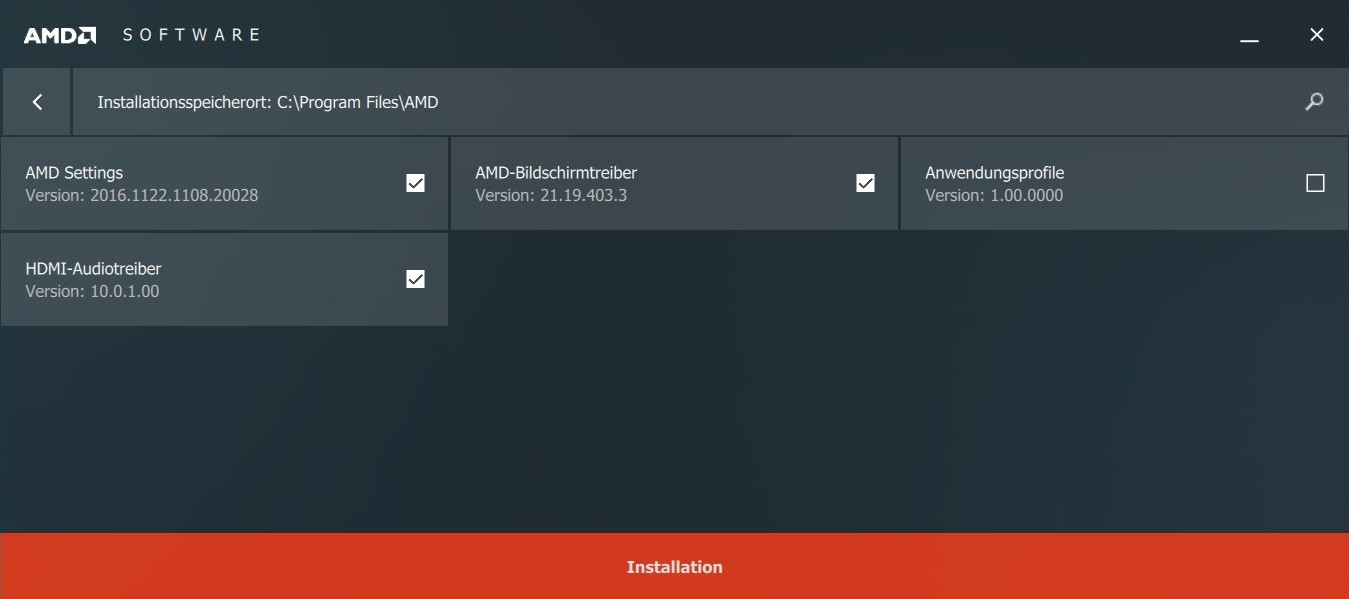
But let's get back to Radeon software and Crimson. As announced by AMD in the summer before AMD's Computex in Macau, one of the new priorities is the software, which AMD sees as accounting for 50 percent of the revenue. With GPUOpen, AMD is therefore consciously opening up to the open source community and investing manpower, money and know-how in a wide range of projects.
Whether Radeon Loom, OCAT, Depth of Field, Tress FX 4.0, AMF (Advanced Media Framework) 1.4 and many others – AMD has brought in a lot of partners and developers to be able to offer the right software solutions in addition to the actual hardware.
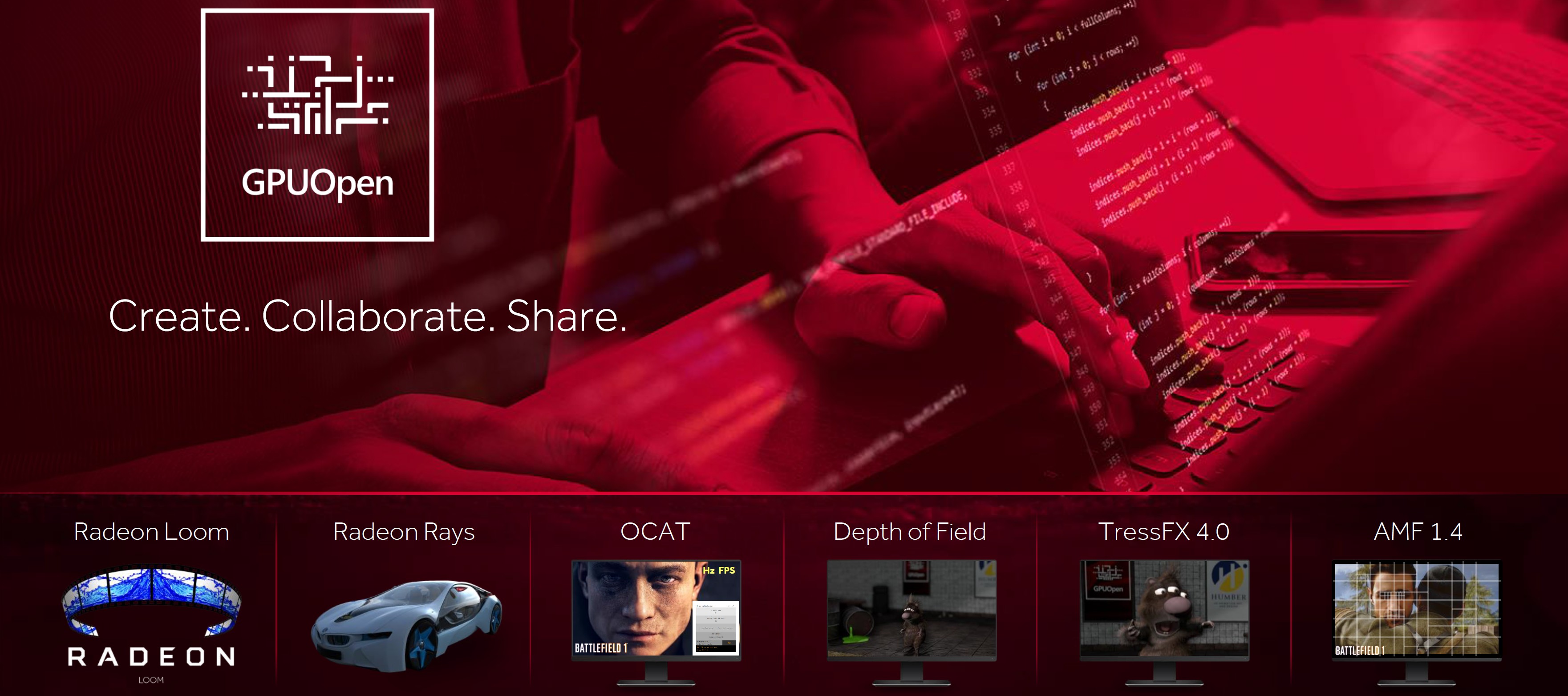
OCAT is a freely accessible and free benchmark tool that supports DirectX 9 to DirectX 12 as well as APIs such as OpenGL and Vulkan and also knows no problems with UWP applications. If you take a closer look, however, you will quickly notice that AMD has only created an intuitive GUI about PresentMon, which was previously rather bulky and unwieldy as a command line program.
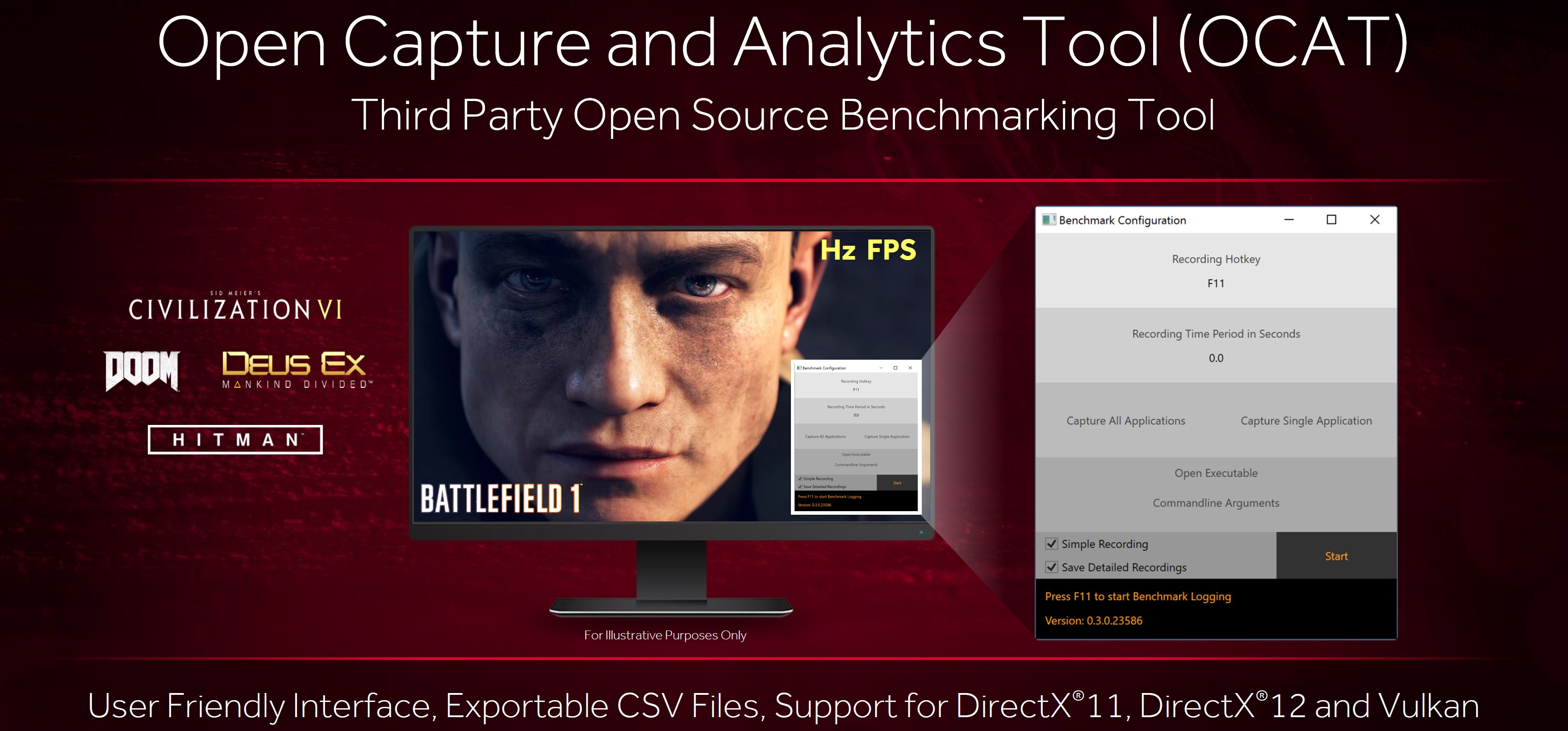
With Liquid VR, AMD is fully in the VR trend and offers the right offers with multi-GPU usage (L/R), MultiView & MultiRes Rendering and TrueAudio Next.

But the Radeon Pro software is not neglected either: In addition to the enterprise features such as a quarterly driver update, including optimizations in terms of performance and stability, current certifications and special customer support, the actual feature list of this driver package.

AMD has also made a visible effort to cooperate with major bidders of professional standard software, and has also significantly increased the performance of Radeon Pro graphics cards in some areas, as our Test for the Readeon Pro WX 7100 clearly shows.
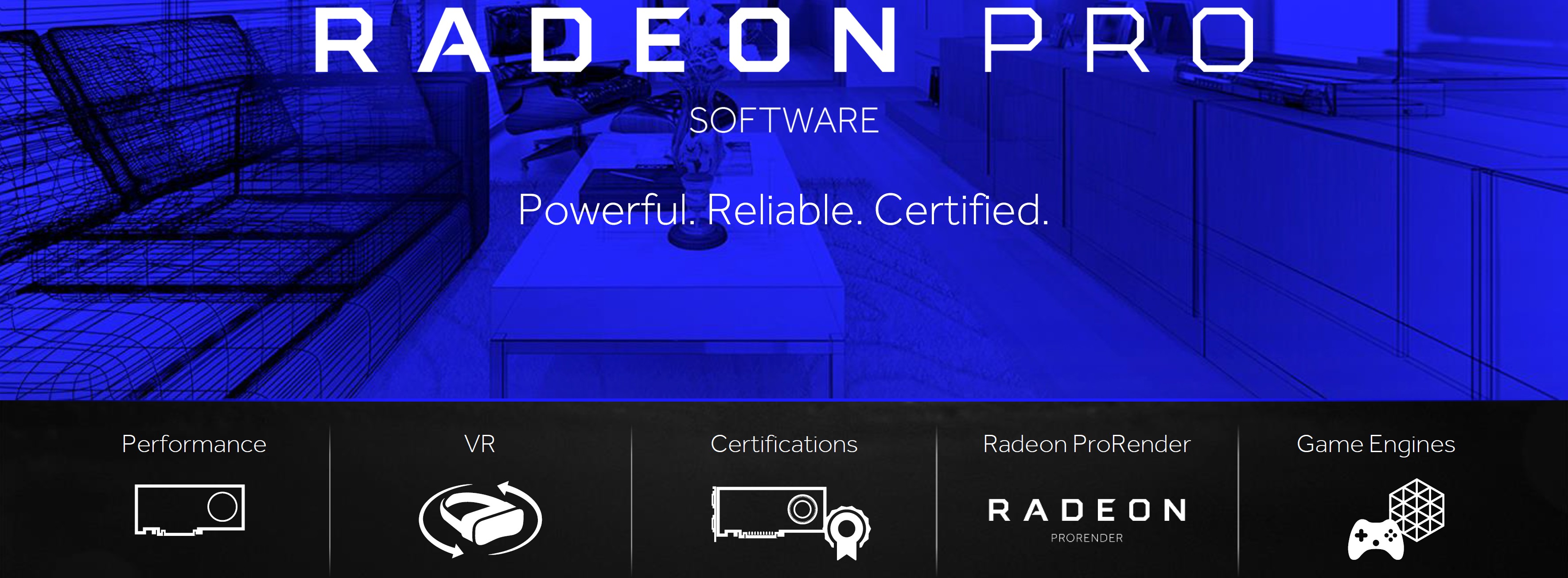
In addition to VR support for game engine integration, we offer prorender, where AMD wants to support a wide range of programs with suitable plugins and program extensions.
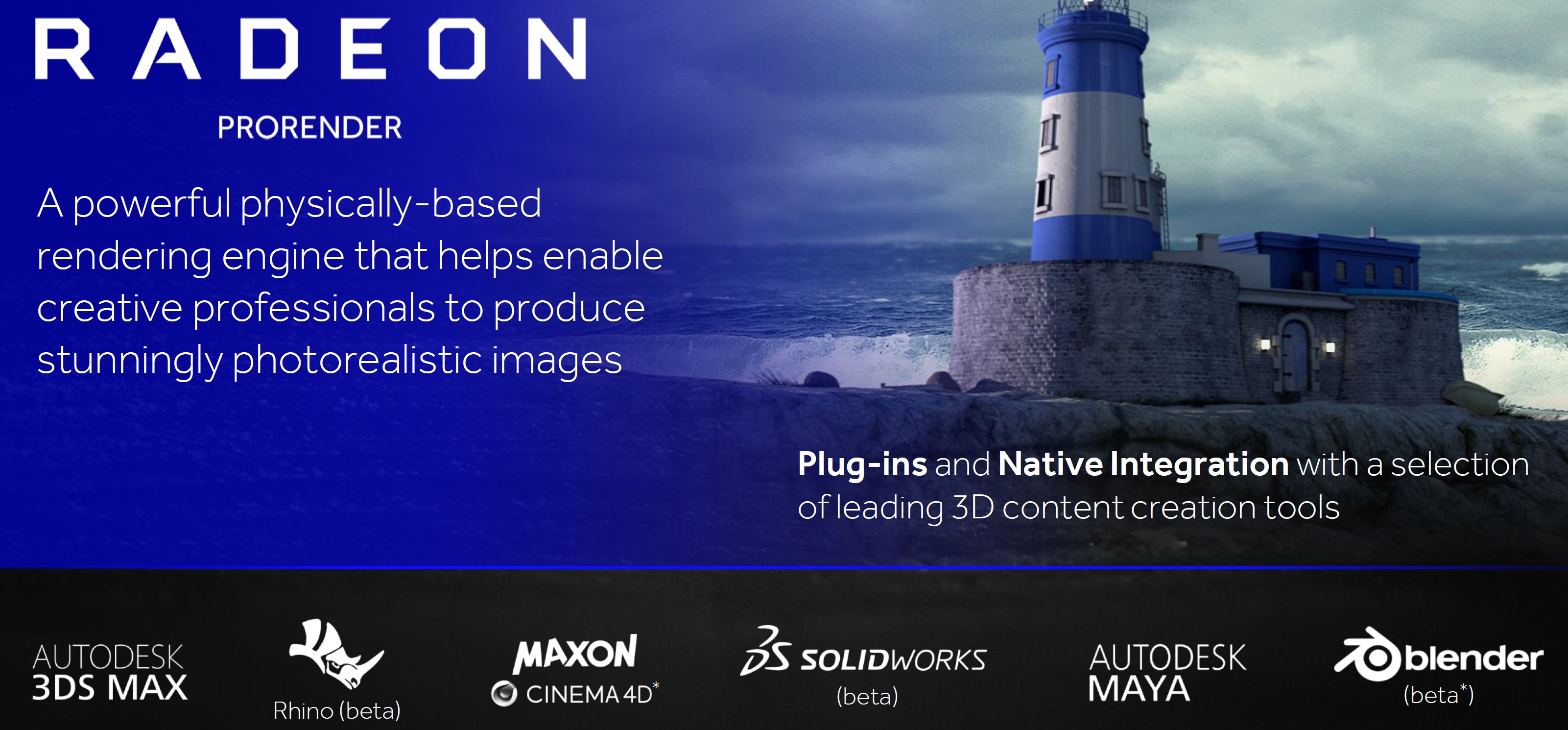
AMD also wants to follow up with Vulkan and FreeSync for Linux drivers, among others, whereby really suitable proprietary drivers have always been a weakness, especially in the professional field.
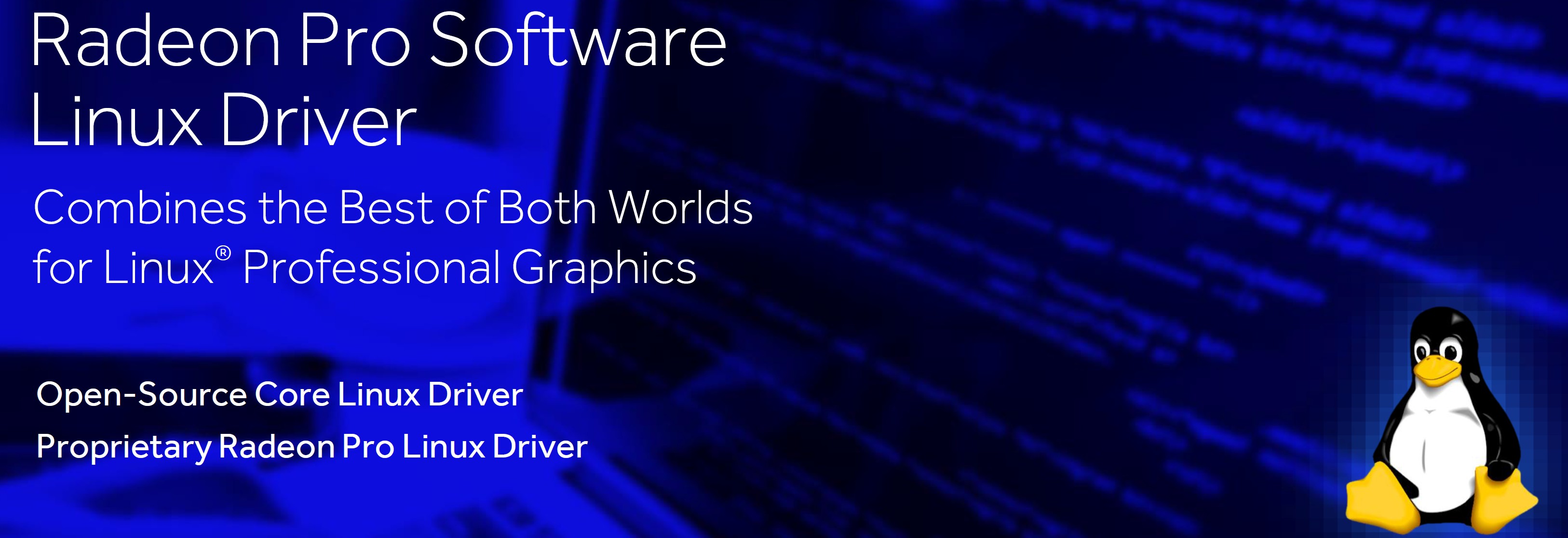
But it is often also the unjustly little-noticed aspects that make life easier in the interplay of hardware and software. AMD focuses on improving output quality, connectivity, and interaction between graphics card and display. Since all this could fill pages, we have had to limit ourselves to the most essential, but we will take up the innovations in detail when dealing with suitable topics.
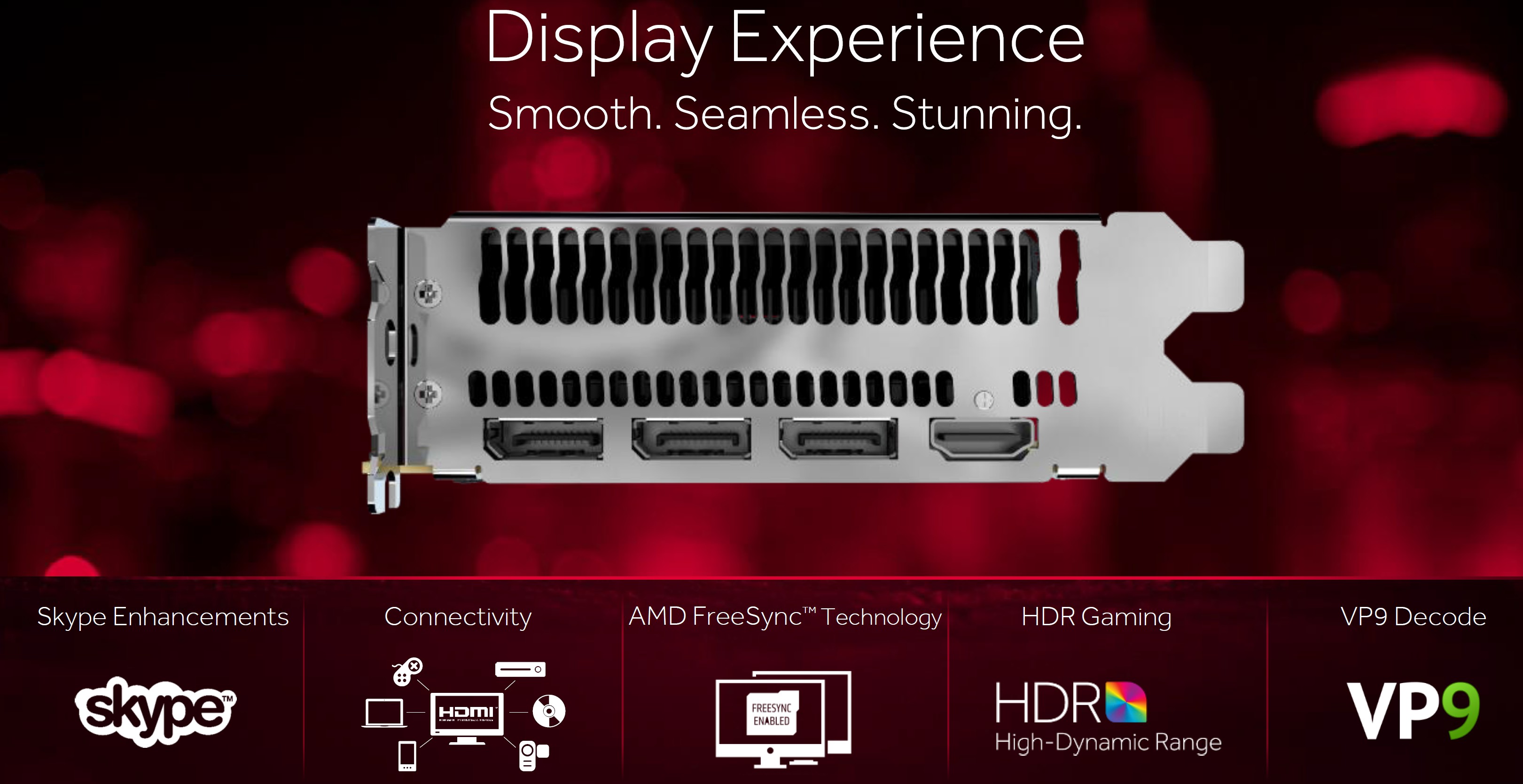
However, we've already done a first, detailed test on AMD's new Feature Chill, because we think this power-saving feature has actually done quite well. Of course, we also created the benchmarks in this test with OCAT (see above) and processed them with our in-house software in terms of content and graphical content.

And because we were at the power consumption: The driver-own tool Wattman is now available not only exclusively for the Polaris cards, but also some older GCN cards of the manufacturer up to the Radeon R7 260 as an older boarding card.

With ReLive, AMD offers a pretty powerful tool for permanent streamers, self-actors and other show-goers. AMD also wants to focus on making it as resource-efficient as possible. The manufacturer, for example, promises not to push the frame rates for game recordings too much. H.265 is also not an issue and so there will certainly be enough content to publish a separate article with initial experience later.

Thus, at the end of this first presentation, the only thing left for us to come to realize is that AMD is clearly willing to expand its own position in the highly competitive graphics market with a balanced mix of hardware and software innovations.
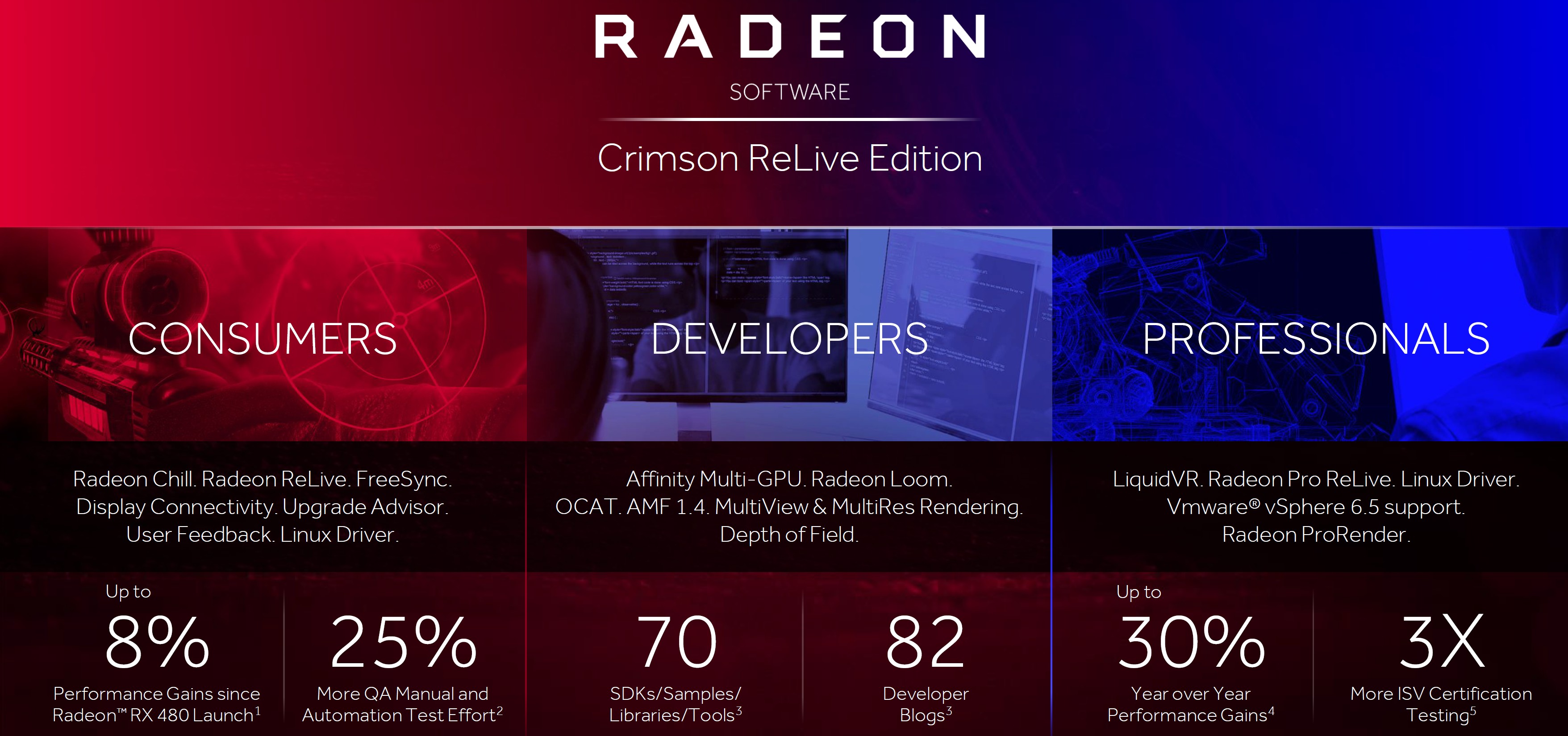
By filling gaps and opening up new fields, AMD can ultimately catch up without having to constantly run behind. And as AMD's Chill shows quite well, you can at least compensate for certain disadvantages with some creativity, while with creative additional features you can still score elsewhere.
The Crimson ReLive is certainly not THE sensation of the now almost past year, but nevertheless a kind of special milestone. For all its enthusiasm, however, AMD will ultimately have to be judged by what will come out in the near and distant future – for the company itself and for the end users.
If we had to sum it all up to a final sentence, it would probably say: "Absolutely promising, but only the beginning".































Kommentieren